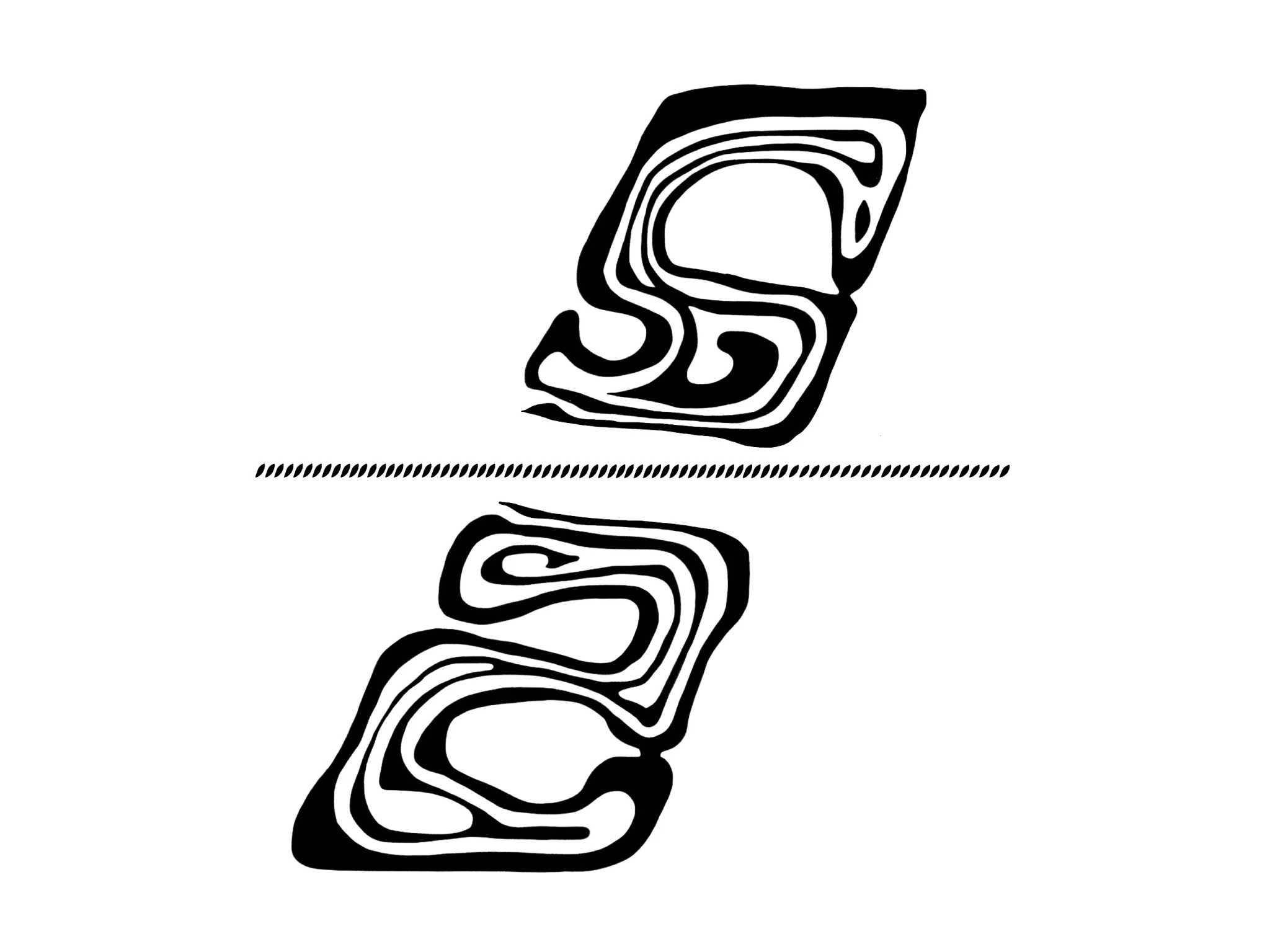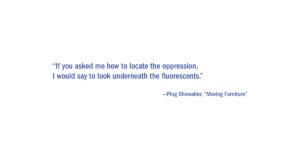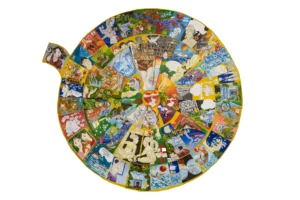
ARTIST STATEMENT
This labyrinth, which I designed as part of my PhD research in Design and Restorative Justice has come, for me, to represent the journey of restorative justice participants. The labyrinth is in two sections representing the different perspectives in any situation of conflict or harm, with a dividing line/wall between the two. The two parties can choose whether to keep the dividing line/wall between or they can decide to cut through the line and shape the space created between in order to form a new labyrinth made up of the two parts. Each part keeping its own identity, with their own separate entrance to the labyrinth, but making a choice to work together to form a new journey.
The labyrinth is an ancient form found in all the continents of the world (inscribed on rock faces, drawn in the ground) and, therefore, could be described as a universal image. As Virginia Westbury states,
‘…the only truth about labyrinths is that they contain no one truth. Ambiguity, tolerance, acceptance of multiplicity, of many beliefs, of variety and change are ironically the, ‘messages’, of a pathway which is not multiple but singular.’
Virginia Westbury, ‘Labyrinths: Ancient Paths of Wisdom and Peace,’ 2001
Labyrinths are intended for walking – the pathway through the labyrinth is a safe one as it only has one way out and one way in. The person walking through the labyrinth may not be able to see around each turn in the pathway – they have to make a choice at each turn, but they cannot get lost. Some think that the labyrinth has its origins in the island of Crete, in Greece. Others, that it stems from patterns within our own bodies – our fingerprints, our brains, our intestines … who knows? This is its mystery and unknown-ness which allows us to re-imagine and narrate our own restorative stories and journeys through it. It is in no ways a perfect image but I offer it as a contribution to the discussion.
LOCATION: UK




